Proven Strategies for Elevating Customer Service Training
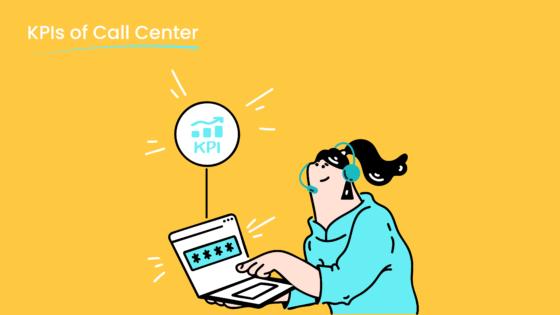
Your ability to deliver exceptional customer experiences can define your business's success. Research shows that companies prioritizing customer experience achieve twice the revenue growth compared to their competitors. A well-trained team, through effective customer experience agent training, ensures customers feel valued, leading to improved customer satisfaction and loyalty. For instance, 94% of consumers are more likely to make another purchase after a positive experience. Effective customer service training not only enhances your team's skills but also reduces churn and boosts retention by helping customers fully understand your offerings. Investing in customer service training strategies ensures your business thrives in a competitive market, and solutions like Sobot can help you achieve this with ease.
Identifying Gaps in Customer Service Training
Conducting Skills Gap Analyses
Understanding where your customer support team needs improvement is the first step in creating an effective customer service training program. Skills gap analyses help you identify areas where your team may lack the hard or soft skills required to deliver exceptional customer experiences. Hard skills like analytics and digital communication are essential for handling modern tools, while soft skills such as problem-solving and interpersonal communication ensure smooth interactions with customers.

You can use advanced tracking tools and detailed analytics to monitor staff performance and pinpoint areas for improvement. Tailored training sessions can then address these gaps effectively. For example, if your team struggles with critical thinking during customer interactions, you can design workshops to enhance this skill. Sobot’s Voice/Call Center offers real-time monitoring and call tracking, providing actionable insights into your team’s performance. These tools make it easier to identify gaps and refine your customer service training program.
Using Feedback from Customers and Employees
Feedback is a powerful tool for improving customer service training. Customer feedback highlights areas where your service delivery may fall short of expectations, while employee feedback reveals challenges your team faces in meeting those expectations. Constructive comments, peer assessments, and informal conversations can uncover valuable insights into your team’s strengths and weaknesses.
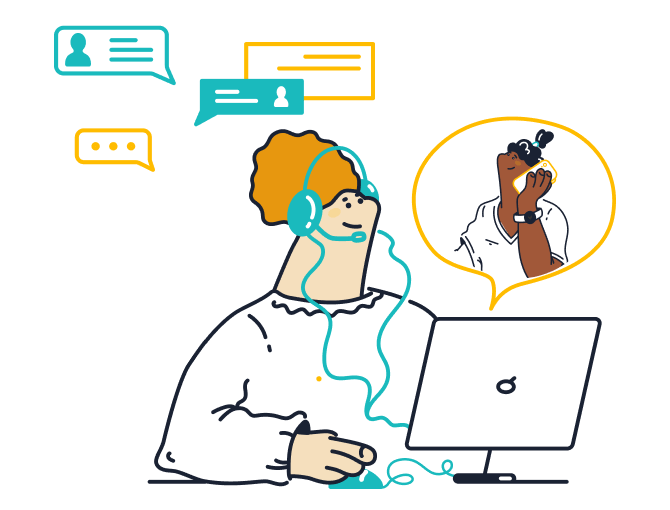
For instance, if customers frequently mention delays in resolving issues, it may indicate a need for better time management training. Similarly, employees might suggest that additional resources or tools could improve their efficiency. Sobot’s unified workspace consolidates customer data, making it easier for agents to access relevant information and reduce response times. By fostering a culture of continuous improvement, you can strengthen communication within your team and enhance the overall customer experience.
Leveraging Sobot’s Voice/Call Center for Performance Insights
Sobot’s Voice/Call Center is a game-changer for identifying gaps in customer service training. Its intelligent IVR system and smart call routing ensure calls are directed to the right agents, reducing miscommunication and improving efficiency. The platform’s real-time monitoring and analytics provide detailed insights into call data, helping you evaluate your team’s performance.
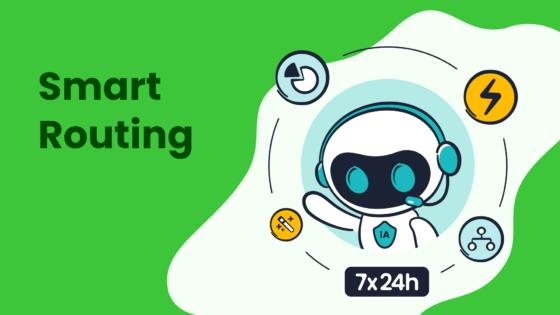
For example, if the analytics reveal a high number of unresolved calls, it may indicate a delivery gap in your customer support process. You can use this data to adjust your training program, focusing on areas like conflict resolution or product knowledge. With features like AI-powered Voicebot and global number availability, Sobot’s solutions empower your team to meet customer expectations and deliver seamless experiences.
By leveraging these tools, you can bridge common gaps such as the knowledge gap, policy gap, and communication gap, ensuring your team is equipped to handle diverse customer needs effectively.
Creating Engaging Customer Service Training Content
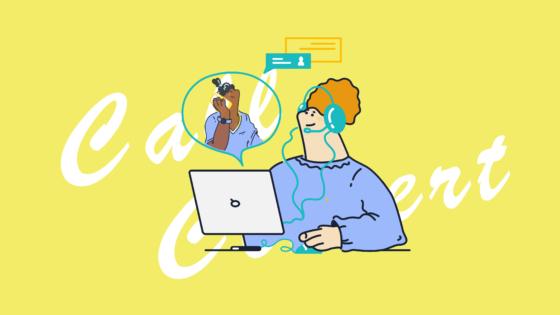
Scenario-Based Learning for Real-Life Applications
Scenario-based learning immerses your team in real-world situations, helping them develop practical skills for handling customer interactions. By simulating common challenges, such as resolving complaints or managing high-pressure situations, you enable your team to practice problem-solving in a controlled environment. This approach builds confidence and equips them to handle similar scenarios during live customer support.
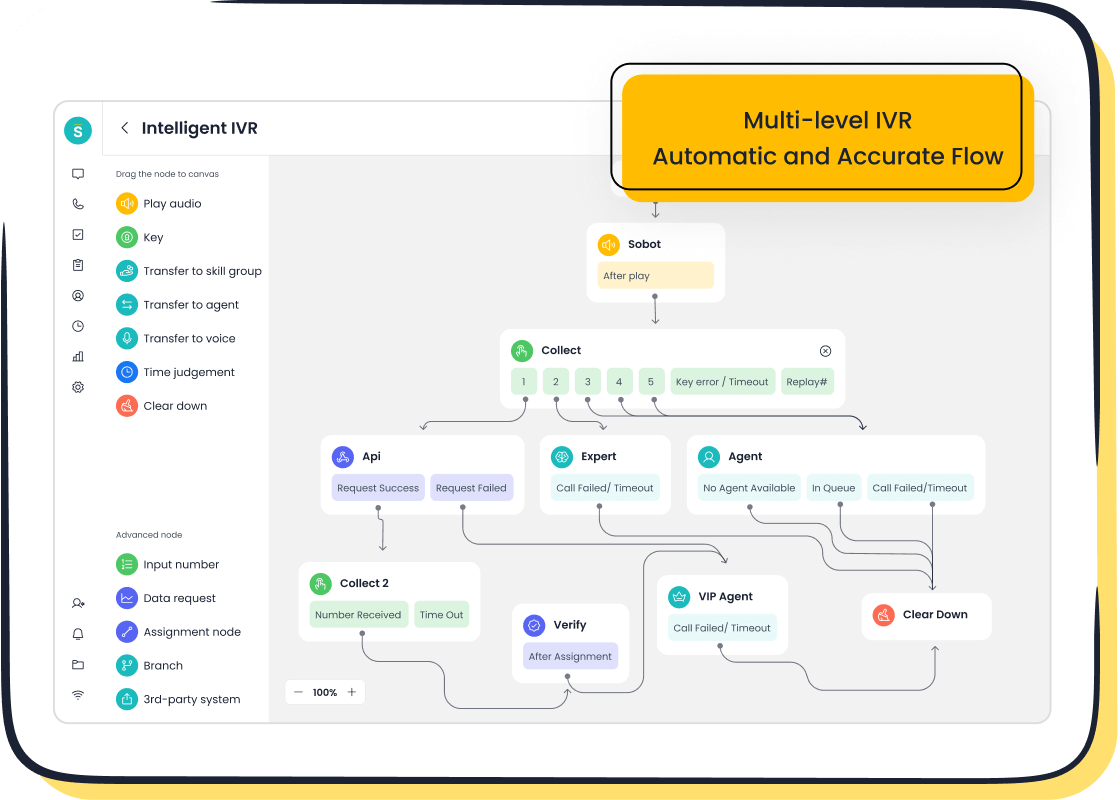
For example, you can create a scenario where an agent must address a delayed shipment complaint. The agent can practice using empathy, clear communication, and proactive solutions to resolve the issue. Tools like Sobot’s Voice/Call Center enhance this training by providing call recordings and analytics. These features allow you to review performance and identify areas for improvement.
Scenario-based learning also fosters collaboration. Group exercises, such as role-playing or team challenges, encourage agents to share strategies and learn from one another. This method not only improves individual skills but also strengthens your team’s ability to deliver exceptional customer experiences.
Gamification to Motivate Customer Experience Agent Training
Gamification transforms training into an engaging and rewarding experience. By incorporating elements like points, badges, and leaderboards, you can motivate your team to actively participate in customer experience agent training. This approach taps into their competitive spirit and makes learning enjoyable.
For instance, you can award points for completing training modules or resolving simulated customer issues. Agents who achieve high scores can earn badges or recognition on a leaderboard. This system encourages continuous learning and fosters a sense of accomplishment. Research shows that gamified training increases engagement by 130% and boosts knowledge retention significantly.
Sobot’s omnichannel solution supports gamification by providing a unified workspace where agents can track their progress and access training materials. You can also use analytics to monitor performance and adjust training content based on individual needs. Gamification not only enhances skill development but also creates a positive and dynamic learning environment.
Microlearning for Bite-Sized Knowledge Retention
Microlearning delivers training in short, focused segments, making it easier for your team to absorb and retain information. Each segment lasts just 2-5 minutes, preventing cognitive overload and ensuring that key concepts are understood. This method is particularly effective for customer support, where agents must quickly grasp new tools, policies, or procedures.
Studies highlight the benefits of microlearning:
- Retention rates increase by 25% to 60% when information is presented in bite-sized chunks.
- Engagement improves by 130%, as shorter sessions fit seamlessly into busy schedules.
- Completion rates for microlearning courses reach 82%, far exceeding traditional methods.
| Evidence Type | Statistic | Source |
|---|---|---|
| Engagement Increase | 130% | Society for Human Resource Management |
| Retention Rate Boost | 25% to 60% | Various Studies |
| Course Completion Rate | 82% | 2021 EdApp |
Sobot’s AI-powered Voicebot and omnichannel tools complement microlearning by offering on-demand access to training resources. Agents can revisit specific modules whenever needed, reinforcing their knowledge and improving their performance. This approach ensures your team stays updated and ready to meet evolving customer expectations.
Interactive E-Learning Modules for Flexible Learning
Interactive e-learning modules offer a dynamic way to train your customer support team. These modules combine flexibility with engagement, allowing agents to learn at their own pace while staying connected to real-world applications. By integrating interactive elements like quizzes, simulations, and virtual tutors, you can create a training experience that is both effective and enjoyable.
Why Interactive E-Learning Works
Interactive e-learning modules cater to diverse learning styles, ensuring every agent can absorb information effectively. Visual learners benefit from videos and infographics, while hands-on learners thrive with simulations and role-playing exercises. This variety keeps your team engaged and motivated, reducing the monotony of traditional training methods.
Additionally, these modules adapt to busy schedules. Agents can complete short sessions during downtime, making training accessible without disrupting daily operations. For example, modules lasting 15-30 minutes prevent fatigue while maintaining focus. This approach ensures your team stays sharp and ready to deliver exceptional customer experience.
Best Practices for Designing E-Learning Modules
To maximize the impact of interactive e-learning, follow these proven strategies:
| Best Practice | Description |
|---|---|
| Optimal Length | Each module should last between 15-30 minutes to maximize engagement without causing fatigue. |
| Segmentation | Breaking down courses into smaller segments aids information absorption and provides breaks. |
| Interactive Elements | Incorporating quizzes and simulations keeps content engaging and promotes active learning. |
| AI Avatars or Virtual Tutors | Adding virtual guides enhances personal interaction and engagement in digital learning. |
| Variety in Presentation | Using diverse formats caters to different learning styles and maintains interest. |
| Scheduled Breaks | Regular breaks help maintain concentration and prevent information overload. |
| Progress Tracking | Features that track progress motivate learners by showing how far they have come. |
| Adaptive Learning Paths | AI-driven paths adjust content based on learner progress, ensuring relevance and engagement. |
| Specific Learning Objectives | Each module focuses on a single skill, making learning targeted and efficient. |
These practices ensure your e-learning modules remain engaging, effective, and scalable. For instance, adaptive learning paths powered by AI adjust content based on individual progress, keeping training relevant and personalized.
How Sobot Enhances E-Learning
Sobot’s solutions elevate interactive e-learning by integrating advanced tools into your training program. The omnichannel platform provides a unified workspace where agents can access training materials, track their progress, and revisit modules as needed. Features like AI-powered Voicebot and real-time analytics ensure your team receives targeted and timely training.
For example, Sobot’s Voice/Call Center offers call recordings and performance data that can be incorporated into e-learning modules. Agents can review real-life scenarios, analyze their responses, and refine their skills. This hands-on approach bridges the gap between theory and practice, empowering your team to excel in customer support.
Interactive e-learning also supports scalability. As your business grows, you can update modules to reflect new policies, tools, or customer expectations. This flexibility ensures your team stays ahead of industry changes and continues to deliver outstanding customer experience.
Benefits for Your Team
Interactive e-learning modules provide immediate benefits for your customer support team:
- Improved Knowledge Retention: Short, focused sessions reinforce learning and prevent information overload.
- Enhanced Engagement: Interactive elements like quizzes and simulations keep agents motivated and involved.
- Flexibility: Modules fit seamlessly into busy schedules, allowing agents to learn without disrupting their workflow.
- Practical Application: Real-life scenarios and simulations prepare agents for challenges they may face during customer interactions.
By adopting interactive e-learning, you empower your team to grow professionally while improving their ability to meet customer needs effectively.
Empowering Trainers for Effective Delivery
Professional Development for Trainers
Investing in professional development for trainers ensures they deliver impactful customer support training. Trainers equipped with advanced knowledge and techniques can better engage your team, leading to improved retention and application of customer service skills.
Effective training delivery relies on several factors:
- Personalizing content to match individual learning styles.
- Ensuring training aligns with job roles to enhance relevance.
- Using feedback mechanisms to track progress and identify improvement areas.
- Offering flexible options like online modules or microlearning to accommodate diverse schedules.
In 2024, enhancing training effectiveness and measuring its impact became top priorities for 26% of organizations. This trend highlights the growing importance of professional development in employee training. By empowering trainers, you create a ripple effect that improves your team’s ability to deliver exceptional customer experiences.
Equipping Trainers with Sobot’s Omnichannel Tools
Providing trainers with the right customer service tools is essential for effective delivery. Sobot’s omnichannel solution offers a unified workspace where trainers can access customer data, monitor agent performance, and provide targeted feedback. This platform simplifies the training process by consolidating information from multiple channels, ensuring trainers focus on skill-building rather than administrative tasks.
For example, Sobot’s AI-powered Voicebot and analytics tools allow trainers to review real-life customer interactions. They can identify areas where agents struggle, such as conflict resolution or product knowledge, and tailor training sessions accordingly. These tools also enable trainers to simulate real-world scenarios, helping agents practice and refine their customer support techniques.
By leveraging Sobot’s solutions, you empower trainers to deliver high-quality, data-driven training that prepares your team to meet evolving customer expectations.
Peer-to-Peer Knowledge Sharing Activities
Peer-to-peer learning fosters collaboration and strengthens your team’s customer service skills. This approach utilizes the expertise within your organization, making it a cost-effective alternative to traditional training methods.
| Benefit | Description |
|---|---|
| Enhanced Knowledge Retention | Participants strengthen their skills by sharing knowledge, leading to better retention of information. |
| Cost-Effectiveness | Peer-to-peer learning is more affordable than hiring external instructors, making it a cost-effective training option. |
| Improved Communication Skills | Engaging in peer learning fosters better communication among employees, enhancing their interpersonal skills. |
| Stronger Company Culture | The collaborative nature of peer learning builds connections among employees, contributing to a positive company culture. |
For instance, you can organize customer service training activities like role-playing exercises or group discussions. These activities encourage agents to share strategies and learn from one another. Sobot’s omnichannel tools support this by providing a platform for collaboration, where agents can exchange insights and access shared resources.
By incorporating peer-to-peer learning into your training program, you create a supportive environment that enhances both individual and team performance.
Leveraging Technology for Customer Service Training

Implementing Learning Management Systems (LMS)
Learning Management Systems (LMS) revolutionize how you train your customer support team. These platforms centralize training materials, track progress, and provide analytics to measure effectiveness. By using an LMS, you can create structured learning paths tailored to your team’s needs. This ensures every agent receives consistent and high-quality training.
An LMS also allows you to deliver training in various formats, such as videos, quizzes, and interactive modules. This variety caters to different learning styles, keeping your team engaged. For example, a leading hotel chain implemented an LMS-based training program and saw a 50% increase in guest satisfaction scores. Employee turnover also dropped by 25%, showing how effective training improves retention.
Sobot’s omnichannel solution integrates seamlessly with LMS platforms, enabling you to combine training data with real-time customer interaction insights. This integration helps you identify skill gaps and refine your training programs. By leveraging an LMS, you empower your team to deliver exceptional customer experiences consistently.
AI-Powered Training Tools for Enhanced Learning
Artificial Intelligence (AI) transforms customer support training by making it smarter and more personalized. AI-powered tools analyze performance data to identify areas where agents need improvement. These tools then recommend tailored training modules, ensuring your team focuses on the skills they need most.

AI also enhances training through simulations. For instance, Sobot’s AI-powered Voicebot can simulate real-life customer interactions, allowing agents to practice handling complex scenarios. This hands-on approach builds confidence and prepares your team for real-world challenges.
Additionally, AI tools provide instant feedback. After completing a training module or simulation, agents receive detailed insights into their performance. This immediate feedback helps them improve quickly. By incorporating AI into your training program, you create a dynamic learning environment that adapts to your team’s needs. This ensures your customer support team stays ahead of evolving customer expectations.
Mobile-Friendly Training Solutions for Accessibility
Mobile-friendly training solutions make learning accessible anytime, anywhere. With many employees working remotely or on flexible schedules, mobile training ensures your team can access resources when it’s most convenient for them.
Short, focused training sessions delivered through mobile platforms improve engagement and retention. Studies show that 80% of U.S. remote-capable employees work partially or fully from home, highlighting the need for on-demand learning. Employees also prefer bite-sized formats, which make learning manageable and effective. Microlearning, a key feature of mobile training, helps agents stay focused and retain information better.
Sobot’s mobile-compatible tools, such as its Voice/Call Center, support this approach. Agents can access training materials, review call recordings, and analyze performance data directly from their mobile devices. This flexibility ensures your team remains productive while continuously improving their skills. By adopting mobile-friendly training solutions, you create a learning environment that adapts to modern workstyles and enhances customer support capabilities.
Utilizing Sobot’s Voice/Call Center for Smart Call Routing
Efficient call routing plays a critical role in delivering exceptional customer support. When customers contact your business, they expect quick and accurate assistance. Delays or misdirected calls can lead to frustration and negatively impact the customer experience. Sobot’s Voice/Call Center offers a smart call routing feature designed to address these challenges and streamline your operations.
How Smart Call Routing Works
Smart call routing uses advanced algorithms to direct incoming calls to the most suitable agent or department. This system considers factors like agent availability, skill sets, and customer preferences. For example, if a customer speaks Spanish, the system can automatically route the call to a bilingual agent. This ensures faster resolutions and a more personalized customer experience.
Sobot’s Voice/Call Center takes this a step further with its intelligent IVR (Interactive Voice Response) system. You can customize greetings, build menus, and configure workflows using a simple drag-and-drop interface. This flexibility allows you to adapt the system to your business needs without requiring technical expertise. Additionally, the platform supports global number availability, enabling you to provide seamless customer support across different regions.
Benefits of Smart Call Routing
Smart call routing offers several advantages that enhance both efficiency and customer satisfaction:
- Reduced Wait Times: Calls are directed to the right agent immediately, minimizing hold times.
- Improved First-Call Resolution: Matching customers with skilled agents increases the likelihood of resolving issues on the first attempt.
- Enhanced Agent Productivity: Agents spend less time transferring calls and more time addressing customer needs.
- Personalized Interactions: Routing based on customer history or preferences creates a tailored experience.
For instance, a retail company using Sobot’s Voice/Call Center reported a 30% reduction in average call handling time. This improvement not only boosted customer satisfaction but also allowed the team to handle a higher volume of inquiries.
Real-Time Monitoring and Analytics
Sobot’s platform includes real-time monitoring and analytics to help you evaluate the effectiveness of your call routing strategy. You can track metrics like call duration, resolution rates, and customer feedback. These insights enable you to identify bottlenecks and make data-driven adjustments to your training programs or workflows.
Imagine discovering that calls related to technical issues often take longer to resolve. With this information, you can provide targeted training to your agents or update your IVR menu to include self-service options for common technical queries. This proactive approach improves both the efficiency of your customer support team and the overall customer experience.
Seamless Integration with Existing Systems
Sobot’s Voice/Call Center integrates effortlessly with your existing CRM and technology management systems. This integration ensures that agents have access to customer data during calls, enabling them to provide informed and efficient support. For example, when a customer calls about a recent order, the agent can view the order details instantly, eliminating the need for the customer to repeat information.
Why Choose Sobot for Smart Call Routing?
Sobot’s Voice/Call Center stands out for its reliability and innovation. With a 99.99% system uptime and AI-powered Voicebot capabilities, the platform ensures uninterrupted service and intelligent interactions. Its global network of 110 points of presence across 50 countries guarantees high-quality connections, no matter where your customers are located. These features make Sobot an ideal choice for businesses aiming to elevate their customer support operations.
Tip: Start by analyzing your current call routing process. Identify areas where delays or miscommunications occur, and use Sobot’s tools to address these gaps effectively.
By leveraging Sobot’s smart call routing, you can transform your customer support into a well-oiled machine. This not only enhances the customer experience but also strengthens your brand’s reputation for reliability and efficiency.
Building a Continuous Learning Culture
Encouraging Self-Directed Learning Among Agents
Self-directed learning empowers your customer support team to take charge of their professional growth. When agents actively seek out resources, they develop skills that improve their performance and adaptability. Encourage this by providing access to training materials, e-learning modules, and industry updates.
For example, you can create a library of resources that agents can explore during downtime. Include videos, articles, and case studies that focus on improving customer experience. Sobot’s omnichannel tools make this process seamless by offering a unified workspace where agents can access training materials anytime. This approach fosters independence and ensures your team stays updated on best practices.
Promote self-directed learning by setting clear goals. Ask agents to identify areas they want to improve and track their progress. This strategy builds accountability and motivates them to enhance their customer support skills continuously.
Recognizing and Rewarding Customer Service Training Achievements
Recognition and rewards play a vital role in motivating your team. When agents feel appreciated, they become more engaged and perform better in customer support roles. Create programs that celebrate milestones, such as completing training modules or achieving high customer satisfaction scores.
- Recognition programs increase employee happiness by 82%, boosting motivation and engagement.
- Engaged employees deliver better customer experiences, improving overall service quality.
You can implement rewards like certificates, badges, or public acknowledgment during team meetings. Sobot’s analytics tools help track achievements, making it easier to identify top performers. By celebrating success, you create a positive environment that encourages continuous learning.
Promoting Cross-Departmental Knowledge Sharing
Cross-departmental collaboration strengthens your team’s ability to deliver exceptional customer support. When agents share insights with colleagues from other departments, they gain a broader understanding of customer needs and business operations.
Organize activities like workshops or brainstorming sessions where teams can exchange ideas. For instance, your marketing team can share customer feedback trends, while your product team can explain new features. Sobot’s unified workspace facilitates this collaboration by consolidating data from multiple channels.
Knowledge sharing improves problem-solving and enhances customer experience. It also builds stronger connections among employees, fostering a culture of teamwork and innovation.
Measuring and Refining Customer Service Training Programs
Collecting Feedback Post-Training
Gathering feedback after training programs helps you understand their effectiveness and identify areas for improvement. Post-training surveys, empathy interviews, and informal discussions provide valuable insights into how well your team has absorbed customer service techniques. Feedback also reveals whether the training aligns with your customer support goals.
Several companies have demonstrated the impact of collecting feedback:
- Starbucks improved customer satisfaction scores by 15% after refining its training programs based on employee feedback.
- Hilton’s "Room to Grow" initiative boosted guest satisfaction ratings by 20%, showing how feedback-driven adjustments enhance customer experience.
- A leading tech company reported a 35% improvement in project completion rates after incorporating team dynamics into its training evaluations.
Sobot’s omnichannel tools simplify feedback collection by consolidating data from multiple channels. Trainers can use this information to refine training content and address gaps effectively. By prioritizing feedback, you create a continuous improvement loop that strengthens your customer service training.
Tracking Key Performance Indicators (KPIs)
Measuring the success of training programs requires tracking relevant KPIs. These indicators help you evaluate the impact of training on your team’s skills, behavior, and overall performance.
| Level | Objective | KPIs |
|---|---|---|
| 1 | Measure the learner's experience post-training | Surveys, empathy interviews, LMS ratings, attendance rates, NPS scores |
| 2 | Measure the learning retained from the training | Pre- and post-learning tests, quizzes, performance scorecards, trivia games |
| 3 | Measure the impact the learning had on the skill or ability of a learner | Pre- and post-learning behavior assessments, coaching behavior forms, competency assessments |
| 4 | Determine the level of impact on predetermined targets and goals | Mystery shopper results, revenues, customer satisfaction scores, attrition rates, employee engagement surveys, overall business performance, third-party rankings |
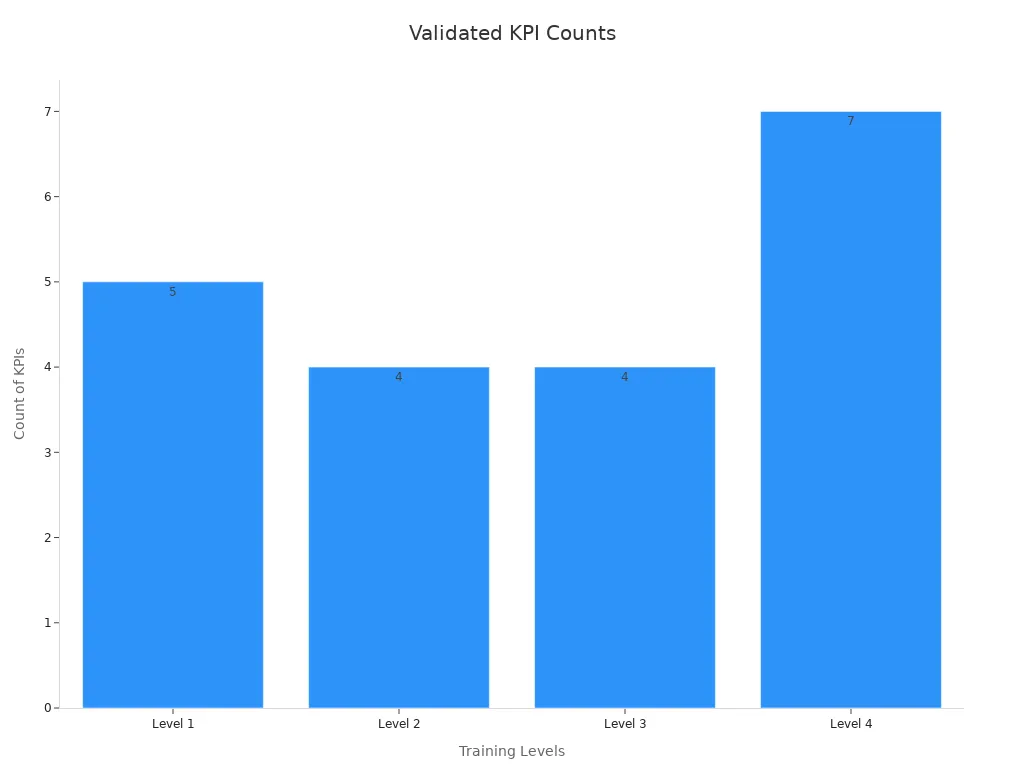
Sobot’s analytics tools integrate seamlessly with your training programs, enabling you to monitor KPIs like customer satisfaction scores and employee engagement rates. These insights help you measure the effectiveness of your customer support initiatives and refine them for better results.
Iterating Training Programs Using Sobot’s Analytics Tools
Refining training programs requires actionable insights, and Sobot’s analytics tools provide exactly that. These tools analyze performance data, helping you identify gaps and adjust training content accordingly. For example, if analytics reveal low resolution rates for technical queries, you can introduce targeted modules to improve product knowledge.
Sobot’s Voice/Call Center enhances this process with real-time monitoring and call tracking. Trainers can review call recordings to pinpoint areas where agents struggle, such as conflict resolution or communication skills. This data-driven approach ensures your training programs evolve to meet changing customer expectations.
By iterating your training programs with Sobot’s solutions, you empower your team to deliver exceptional customer support consistently. This continuous improvement not only boosts customer experience but also strengthens your brand’s reputation for reliability.
Adapting Customer Service Training to Industry Changes
Staying Updated on Customer Service Trends
The customer support landscape evolves rapidly, making it essential to stay informed about emerging trends. Keeping up with these changes ensures your team remains equipped to meet customer expectations. Recent reports highlight key trends shaping customer service training:
- Personalized experiences are critical for fostering loyalty and engagement.
- Empathy and problem-solving skills are as vital as technical expertise.
- Customers value quick resolutions, 24/7 support, and the ability to use their preferred communication channels.
- Proactive support is increasingly important for enhancing the customer experience.
For example, integrating empathy training into your program can help agents connect with customers on a deeper level. Sobot’s omnichannel solution supports this by consolidating customer data, enabling agents to provide personalized and empathetic service. By staying updated, you can align your training initiatives with industry demands and maintain a competitive edge.
Aligning Training with Evolving Customer Expectations
Customer expectations are constantly shifting, and aligning your training programs with these changes is crucial for delivering exceptional customer support. Comprehensive training on customer experience best practices equips your team to handle diverse interactions effectively. For instance:
- Specialized training programs enable agents to resolve inquiries efficiently and offer personalized assistance.
- Regularly collecting and acting on customer feedback demonstrates that their opinions matter, improving satisfaction.
- Measuring training success through KPIs like Customer Satisfaction Score (CSAT) and Net Promoter Score (NPS) shows a direct link between effective training and improved customer experience.
Sobot’s Voice/Call Center provides real-time analytics and call tracking, helping you identify areas where agents need improvement. This data-driven approach ensures your training evolves alongside customer expectations, fostering a customer-centric culture.
Regularly Refreshing Training Content with Sobot’s Solutions
Refreshing your training content ensures it remains relevant and effective. Continuous evaluation and improvement enhance service delivery and keep your team prepared for new challenges. Strategies for maintaining up-to-date training include:
- Assessing skill levels to ensure training addresses current needs.
- Implementing active learning strategies and feedback loops to identify improvement areas.
- Creating continuous learning paths to support ongoing skill development.
Sobot’s solutions simplify this process. For example, the Voice/Call Center offers call recordings and performance insights, which can be incorporated into training modules. These tools allow you to update content based on real-world scenarios, ensuring your team stays ahead of industry changes. By leveraging Sobot’s technology, you can create a dynamic training program that adapts to evolving customer needs.
Investing in customer service training transforms your team into a powerhouse for delivering exceptional customer support. Training programs improve customer experience by equipping agents with the skills to handle inquiries efficiently and empathetically. Strategies like scenario-based learning, gamification, and leveraging technology ensure your team stays ahead of industry changes.
Metrics such as customer satisfaction, retention, and completion rates highlight the effectiveness of these strategies:
| Metric | Description |
|---|---|
| Customer Satisfaction | Measures usability and design issues in customer training. |
| Retention and Churn | Demonstrates the impact of training on customer retention and acquisition costs. |
| Usage Details and Trends | Provides insights into user engagement with training, highlighting bottlenecks and quit points. |
| Completion Rate | Indicates the percentage of users completing the onboarding process. |
| Support Tickets | Reflects the effectiveness of training; a high number of tickets may suggest insufficient guidance. |
Sobot’s tools, such as its Voice/Call Center and omnichannel solutions, simplify training implementation and provide actionable insights. By adopting these strategies, you empower your team to deliver seamless customer support and elevate the customer experience.
FAQ
What is the best way to start improving customer service training?
Begin by identifying gaps in your current training program. Use tools like skills gap analyses and customer feedback to pinpoint areas for improvement. Sobot’s Voice/Call Center provides real-time analytics, helping you understand where your team needs additional support.
How can technology make customer service training more effective?
Technology simplifies training by offering tools like Learning Management Systems (LMS) and AI-powered simulations. Sobot’s omnichannel solutions provide a unified workspace, enabling agents to access training materials, track progress, and practice real-world scenarios.
Why is gamification important in customer service training?
Gamification motivates agents by making learning fun and engaging. Features like points, badges, and leaderboards encourage participation. Sobot’s tools support gamified training, helping you track performance and reward achievements.
How often should you update customer service training content?
Update training content regularly to reflect new tools, policies, and customer expectations. Use Sobot’s analytics to identify gaps and refine your program. Frequent updates ensure your team stays prepared for industry changes.
What metrics should you track to measure training success?
Track metrics like customer satisfaction scores, first-call resolution rates, and training completion rates. Sobot’s analytics tools provide actionable insights, helping you evaluate the effectiveness of your training program and make data-driven improvements.
Tip: Use post-training surveys to gather feedback and refine your approach for better results.
See Also
Enhance Customer Satisfaction With These Live Chat Tips
Elevate SaaS Customer Support Using Live Chat Techniques
Top Practices for Effective Call Center Quality Management
Guidelines for Selecting Social Media Customer Service Tools
Steps to Successfully Implement Omnichannel Contact Center Solutions
